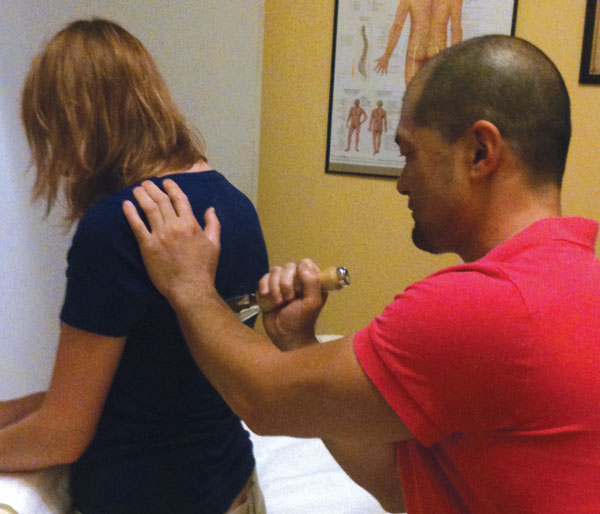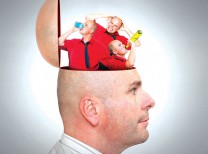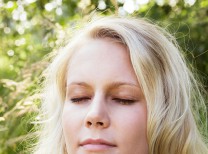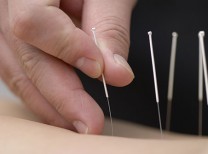Symbols are images which provide a visual representation of a concept. Upon seeing the Yin and Yang symbol, many have said they see good/evil, peace/war, feminine/masculine. The meaning and significance of this symbol goes far beyond what we see as opposites or opposing sides of one subject or topic.
This symbol represents Tai Ji or “Universal Ultimate” and expresses the interdependence of Yin, the black portion, and Yang, the white portion. It is the single most distinctive theory and foundation of Chinese medicine, philosophy, martial arts, and Tai Chi Chuan, derived from the book of changes I Ching dating back to 700 B.C.
Western logic, which is radically different to Chinese philosophy, is based on opposition of contraries, the fundamental premise of Aristotelian logic. The Yin Yang theory, contrary to Western logic, represents opposites with complementary and interdependent qualities.
These dualities are opposing and at the same time form unity, while transforming through stages or cycles as seen in nature. For instance, Yin represents the shady side of a mountain while the Yang represents the sunny side of the mountain. Without the sun there would be no shade and vice versa. Opposition is not absolute but relative to each other.
Nothing is either totally Yin or totally Yang which is reflected with the small dots expressing the seed of its opposite. The day belongs to Yang but after reaching its peak at midday, the Yin within it gradually begins to unfold and manifest into night. Therefore, each phenomenon may belong to a Yang or Yin stage but always contains the seed of the opposite stage within itself. It is a dynamic and constantly changing balance.
Although they are opposites, they are also interdependent. One cannot exist without the other and at the same time depend on each other to coexist. For example, the earth is dependent on rain and rain is dependent on the sky which in turn cannot exist without the earth. This translates in the same way as Yin cannot exist without Yang, and yet the two are opposites with complementary qualities.
In traditional Chinese medicine (TCM), the human body has organic unity; the physical body belongs to Yin while the body’s activities or functions belong to Yang. Therefore, there cannot be activity without rest, night without day, contraction without expansion.
When either Yin or Yang is out of balance, they affect each other and change their proportion to achieve a new balance. While doing this they can inter-transform into each other. Yin can change to Yang and vice versa as summer changes to winter and day to night.
This theory of Yin and Yang combined with the 5 Elements (Desert Health March/April 2018) are the diagnostic foundation of TCM. Many patients who originally seek acupuncture treatment for pain also find the side effects of better digestion, elimination, sleep, etc., and often continue treatments at least four times a year, during the transition from season to season, to balance their body, mind and spirit.
Diane Sheppard is a licensed acupuncturist and doctor of traditional Chinese medicine. She is the owner of AcQpoint Wellness Center in Palm Desert and can be reached at (760) 345.2200. www.AcQPoint.com.














































Comments (0)